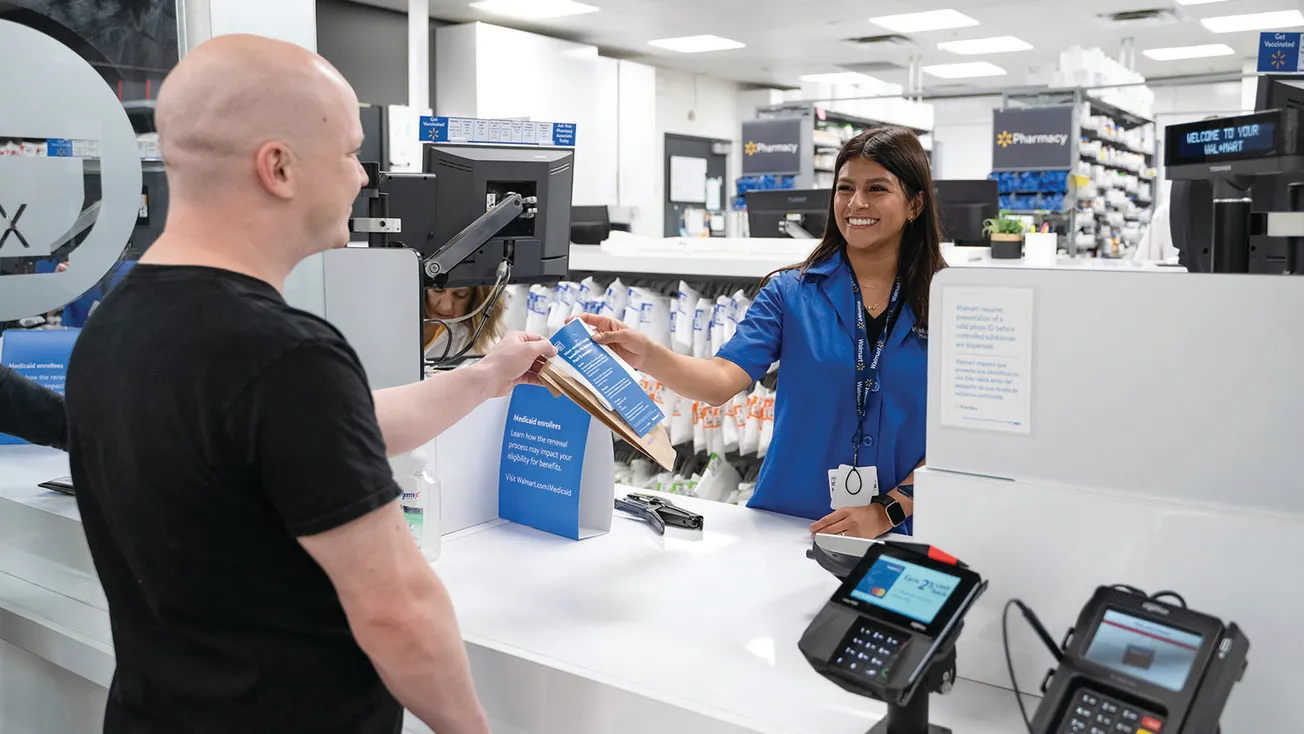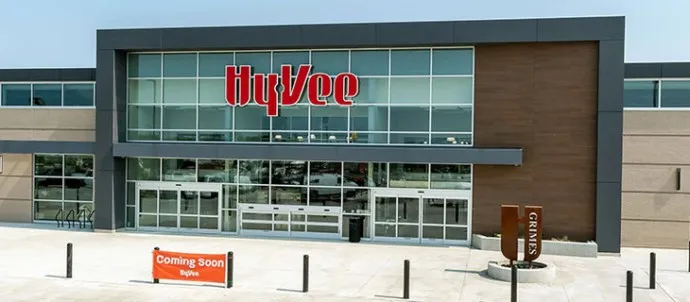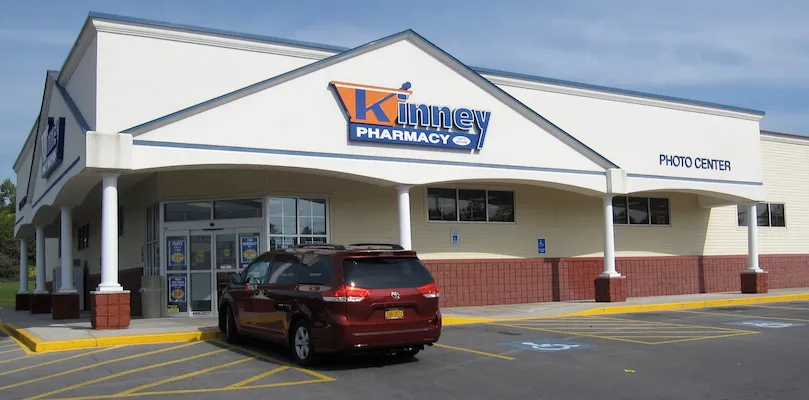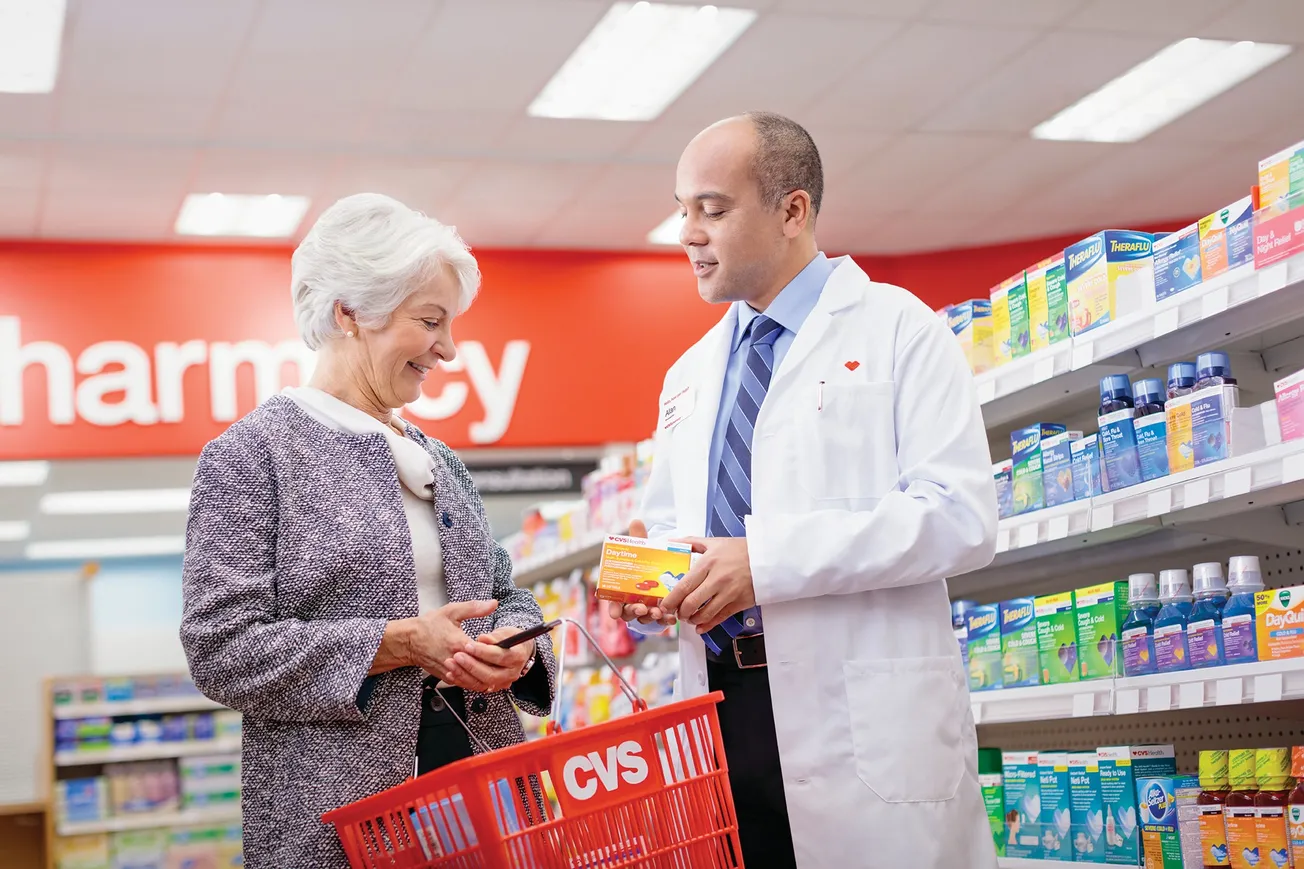In the first of a two-part series, leaders of industry associations present their expectations for pharmacy operators for this year. The views of other organizations will appear in the next issue of Chain Drug Review.
The date January 1 can have varying meanings for people. It’s the first day of a new year, of course. For many, it represents a clean slate, an opportunity for resolutions and renewal. It might be parades and college football. It may simply be a day to recover from the revelry of the night before.
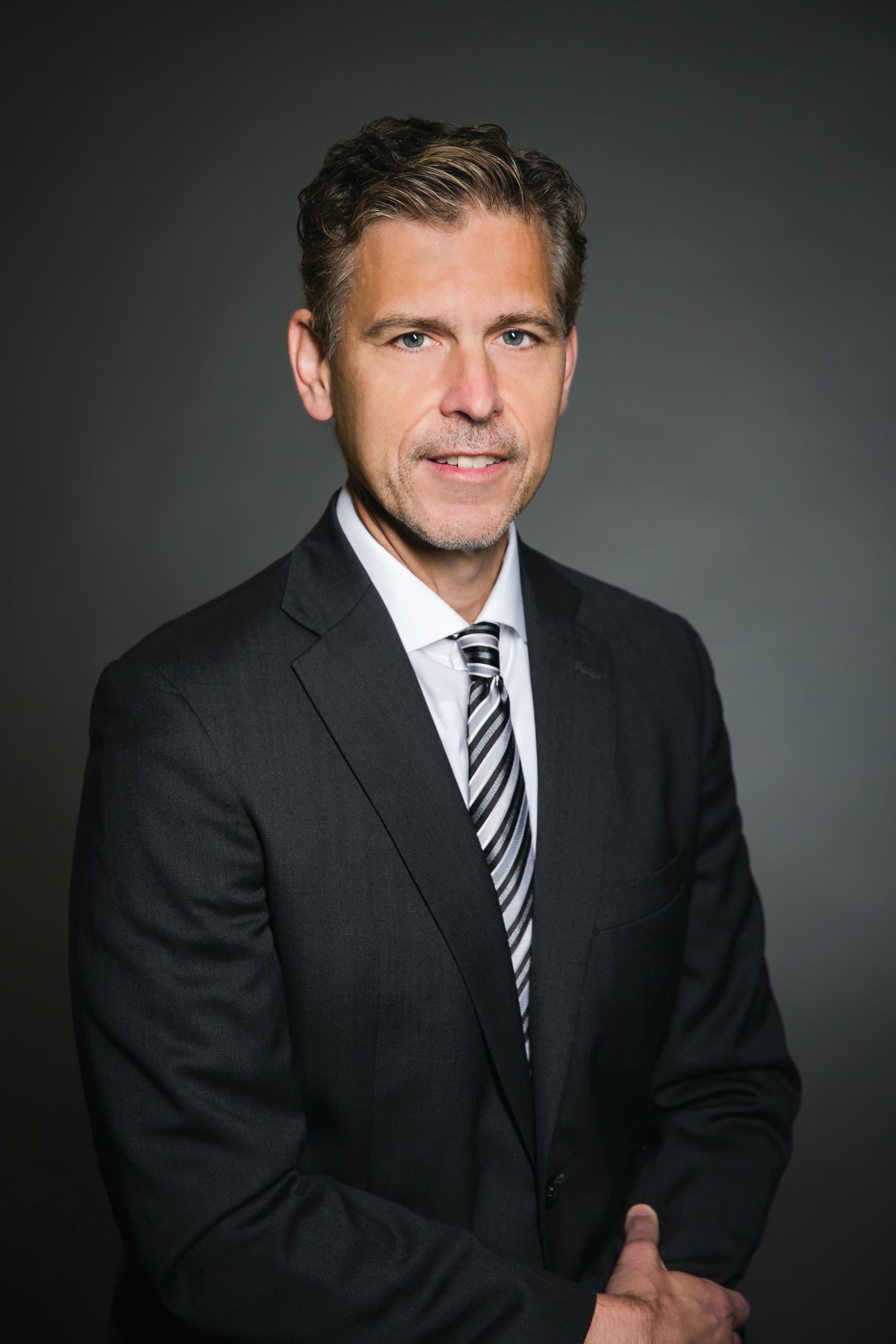
B. Douglas Hoey
Beginning January 1, 2024, pharmacies may be dealing with a different pain: the DIR hangover. This is what we at the National Community Pharmacists Association have dubbed the period when bills for pharmacy direct and indirect remuneration for the end of 2023 will come due to pharmacy benefit managers just as DIR fees for the beginning of 2024 will be moved to the point of sale.
Transparent pharmacy payments will no longer include retroactive pharmacy DIR fees, which is good news. As I write this around Thanksgiving, however, the concern is that potentially lower DIR-less up-front payments to pharmacies combined with fourth quarter pharmacy DIR bills coming due could cause a double whammy on pharmacy cash flow in the first quarter of 2024 and possibly beyond.
For over a year, NCPA has been focusing on helping pharmacy teams prepare for the potential hangover headache and stay ahead of the game, and we’re staying locked in on our top priority: meaningfully Changing the Pharmacy Payment Model. From NCPA’s perspective, there are two main pillars to Changing the Pharmacy Payment Model. The first is getting paid fairly, predictably and transparently for the dispensing of prescription drugs.
Perverse PBM voodoo economics simply must come to an end. Independents have been saying this for years, but it’s apparent that we’re not the only ones feeling the effects of the middlemen’s malfeasance. It’s caught up with major pharmacy chains, many of which are cutting hours and shuttering stores. In fact, the closing of hundreds of chain pharmacies looks to be one of the major consumer health care storylines in 2024. This leaves Americans on both sides of the aisle looking for new pharmacies, and independent pharmacies often scrambling to rescue them.
Over the last few months, we’ve been asked by members of the press, among others, whether this represents an opportunity for independents. With most businesses the answer would be an obvious and emphatic YES — but those businesses don’t have to deal with low, unpredictable reimbursements and other contracting issues. With all these closures, it seems certain that pharmacy deserts will grow in rural as well as urban and suburban areas. When growing a business somehow becomes a bad thing, changes are essential. In 2024, NCPA will continue its partnership on the Pharmacy Access Initiative with the University of Southern California to alert policy makers and media of geographic areas at risk due to pharmacy deserts.
The pharmacy payment model at one time was straightforward. But then PBMs (and their DIRs and GERs and BERs and …) entered the picture, disfiguring the simple system for everyone — the manufacturer, the pharmacy and, most of all, the patient. It doesn’t have to be this way.
We’re seeing progress in the states and federally (and I’ll get to that), but we’re not resting on our laurels. A class action lawsuit was filed in September by NCPA member Matt Osterhaus against vertically consolidated CVS Health, Caremark and Aetna. It aims to recoup for independent pharmacies millions of dollars in DIR fees, and it claims that Caremark — the largest PBM in the country — has been assessing pharmacy DIR fees in violation of federal antitrust laws and state laws governing contracts. The lawsuit also challenges CVS’ agreements to arbitrate claims as being unfair and unenforceable.
It’s just one piece of the strategy to fight back against oppressive PBM business practices. NCPA set up TRUST LLC, a legal entity that will potentially arbitrate or litigate on behalf of individual pharmacies, most of which could never afford to do so on their own. PBMs have weaponized their nearly unlimited resources — money, time and attorneys — and they have set up dispute-resolution processes that make gaining access to justice next to impossible. TRUST LLC allows individual pharmacies to pool their claims and hire the best attorneys in the country to represent them. It’s an avenue for independents to push forward toward a fair and transparent future. You can read about it and take steps to join this battle at fightPBMs.com.
The class action lawsuit and arbitration trust will take some time, but we’re optimistic. We’re also optimistic about the Federal Trade Commission’s ongoing investigation into PBMs, and the multiple bipartisan bills at the federal level that could meaningfully Change the Pharmacy Payment Model. Congress’ to-do list is long and seemingly growing. NCPA is coordinating closely with our allies to make sure our priorities don’t get lost in the mix.
State legislatures have continued passing bills to reform PBMs and, even more importantly, pay pharmacies fairly. Anti-steering laws, scope of practice and allowing pharmacies to refuse to dispense a prescription they would lose money on are just some of the advancements being made in states.
The second pillar to Changing the Pharmacy Payment Model is that pharmacists are paid for the primary care services we do and can provide. CPESN USA continues helping local pharmacies do just that, engaging plan sponsors to contract for a variety of locally provided pharmacy services. These collaborative relationships provide revenue opportunities for pharmacies and improved quality for plan sponsors.
To further help pharmacies with revenue and growing their local presence, CPESN USA launched “special purpose efforts.” These SPEs are aiming to ease America’s health care gaps, empower the movement for pharmacies to provide care in the home, and offer community pharmacies an opportunity to integrate primary care into their practices with a cash-membership model.
NCPA is blazing a new trail for the future of community pharmacy, and we’re seeing the potential for a tipping point on PBM business practices. The tilted, one-sided business relationship between PBMs and pharmacies (and practically everyone else in the health care ecosystem) is closer than ever to being recalibrated.
Independent pharmacies have proven their worth to policy makers, patients and their communities as essential businesses. That opens the door even wider for us. Pharmacists with the resolve to keep trying — to persevere despite challenges and doubts — will be there as the new day comes, as we do away with the old and welcome in an improved pharmacy payment model.
B. Douglas Hoey is the CEO of NCPA.

